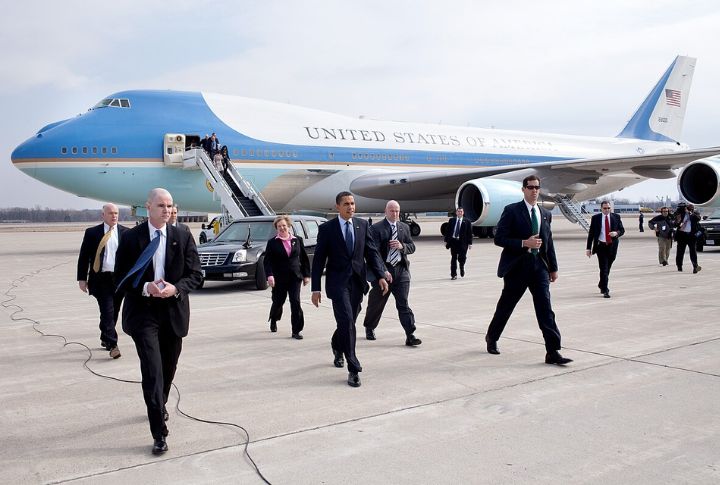
What’s hiding behind those dark suits and no-nonsense stares? It turns out that the Secret Service has some seriously weird facts under wraps. You won’t find this stuff in textbooks or press briefings. Ready to hear the strange side they never talk about? Here are 10 obscure details that’ll make you do a double-take.
Secret Service Once Protected The Pope
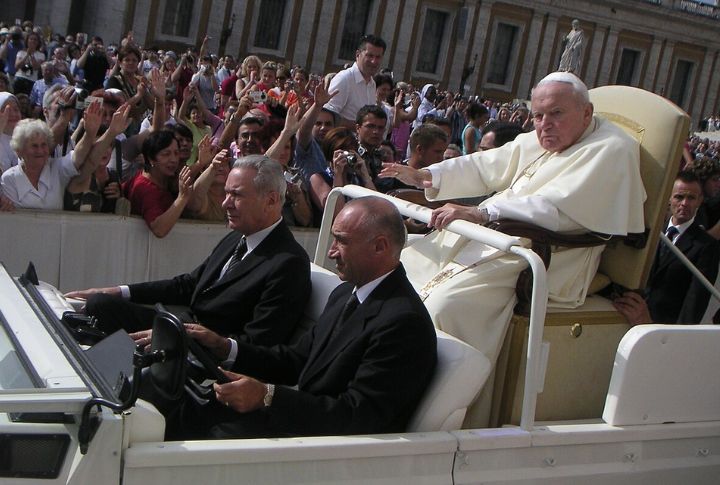
When Pope Francis came to the U.S. in 2015, his visit drew massive crowds and global attention, making him a potential target. The Secret Service declared it a top-tier security event, bringing in snipers, surveillance teams, and crowd control to protect both the pontiff and the public.
Originally Created To Combat Currency Fraud
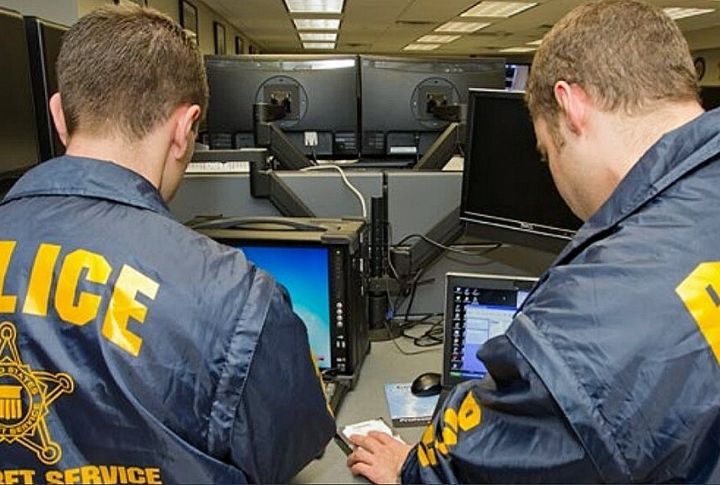
Currency fraud was a major threat after the Civil War, with estimates showing one-third of all U.S. money in circulation was fake. To restore financial stability, the Secret Service concentrated on tracking down fraudsters and enforcing federal laws to protect the nation’s currency.
Secret Ink Library For Forgery Detection
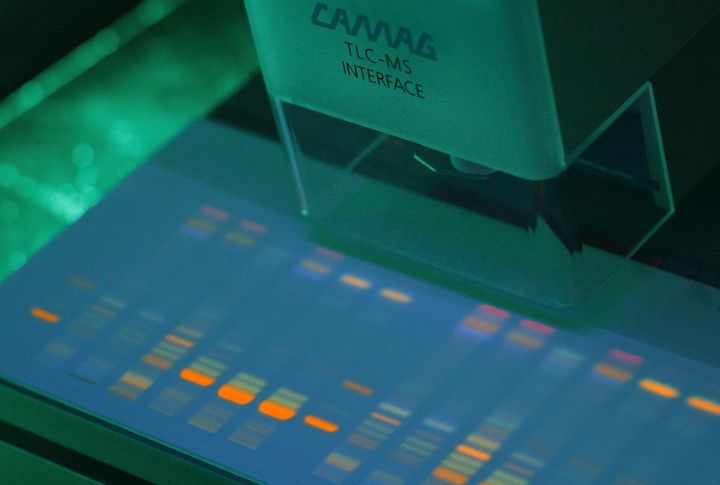
The Secret Service operates the world’s largest ink database, which is used to investigate forgeries and fabricated documents. Ink samples are analyzed to trace their origins, helping experts confirm document authenticity. Some cases have even linked counterfeit documents to specific printers or pen brands used years earlier.
Secret Service Once Investigated Eminem
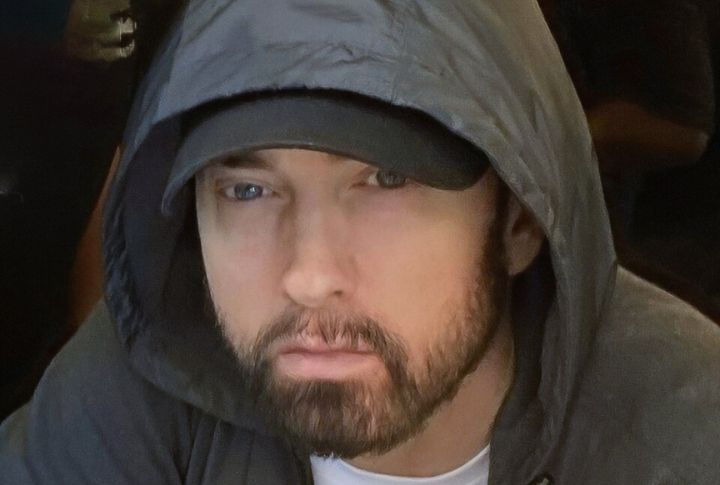
In 2003, officials reviewed Eminem’s song “We As Americans” because of its lyrics referencing the president. Authorities assessed whether the statements posed a genuine threat. After the investigation, they found no illegal intent, which shows how public figures’ words can prompt close scrutiny.
Former Presidents Are Banned From Driving Publicly
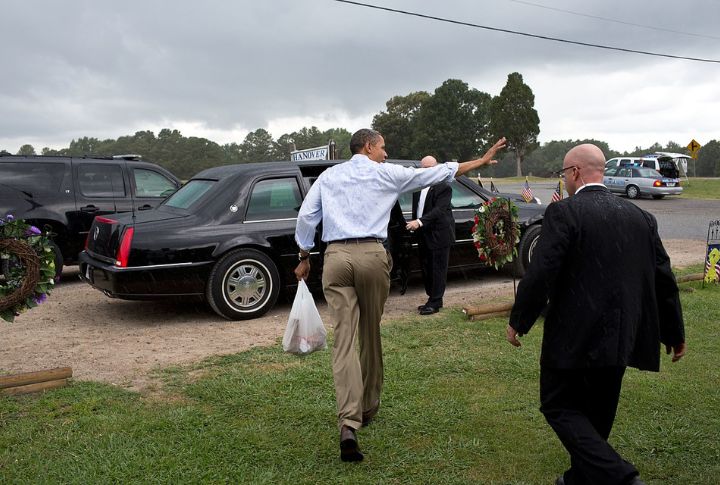
Former U.S. presidents aren’t allowed to drive on public roads—not even for a quick grocery run. The Secret Service takes over behind the wheel for life, using armored vehicles to reduce risks. Yes, even post-office, their transportation remains a matter of national security.
Agents Can Detect Lies With High Accuracy
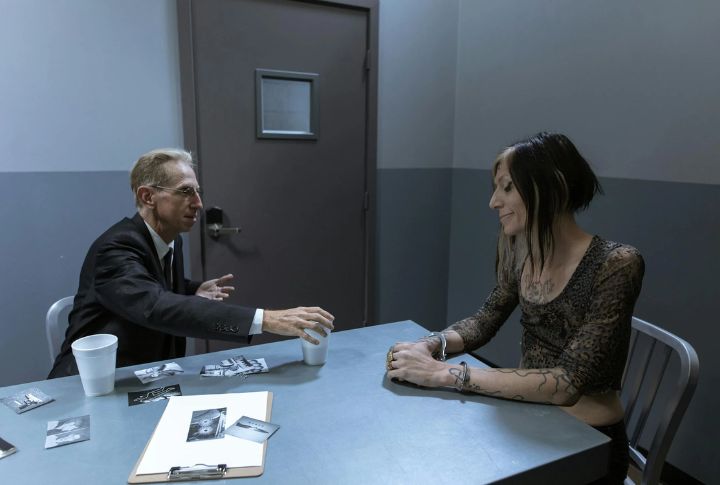
Secret Service agents don’t rely on polygraphs because they’re trained to read people. Through hours of behavioral analysis training, they learn to spot micro-expressions, hesitation, and verbal cues most people miss. In high-stakes interviews, even a slight pause or misplaced word can trigger a deeper investigation.
Secret Service Once Used Fake Towns For Training
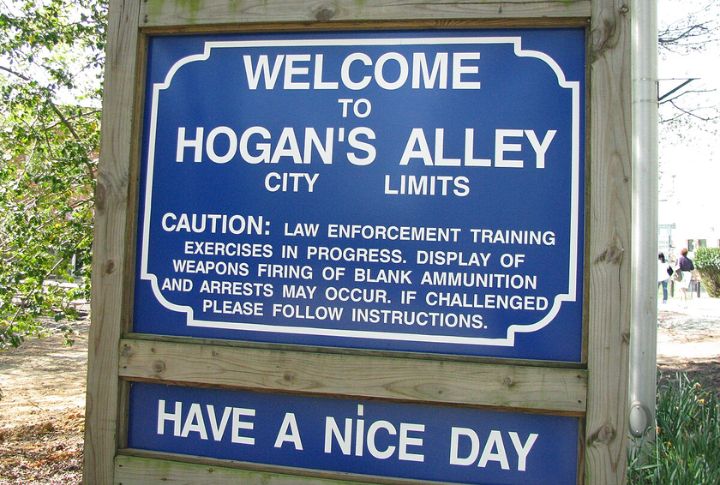
The Secret Service has built entire fake towns to simulate real-world security challenges. These training environments include mock streets and vehicles, allowing agents to refine protection strategies and surveillance techniques. This method ensures they are prepared for unpredictable scenarios in actual operations.
The Secret Service Has A Museum
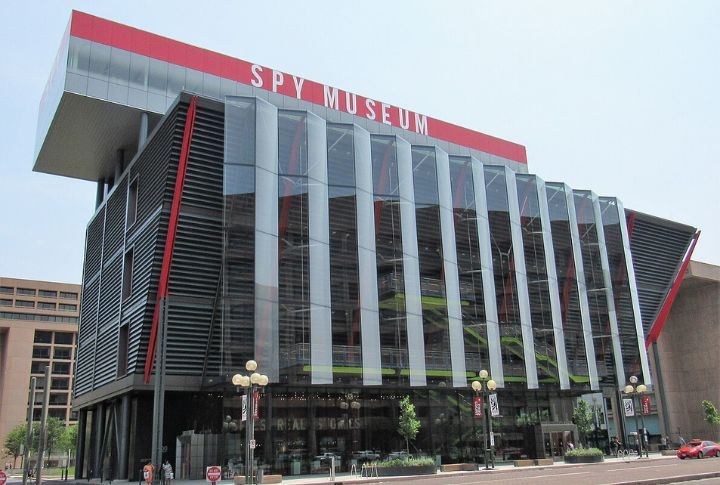
Inside the Secret Service headquarters in Washington, D.C., there is a museum that the public will never see. It’s a private collection that holds artifacts from presidential security incidents, counterfeiting cases, and historical operations. Access is restricted to employees and dignitaries, which makes it one of the most exclusive museums in the country.
Lincoln Created The Secret Service Hours Before His Death
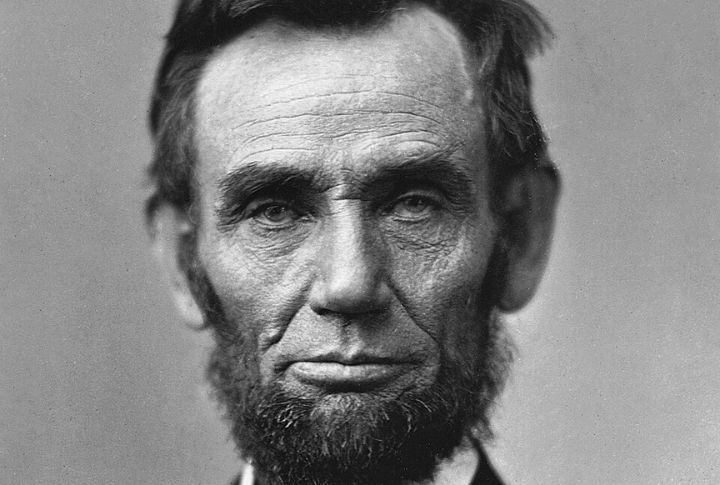
President Abraham Lincoln signed the bill to create the Secret Service on April 14, 1865—the same day he was shot at Ford’s Theatre. While the agency wasn’t officially formed until July 5 and wasn’t active that night, the timing remains a striking coincidence in American history. Presidential protection came much later, in 1901.
Secret Service Agents Once Saved Ronald Reagan’s Life
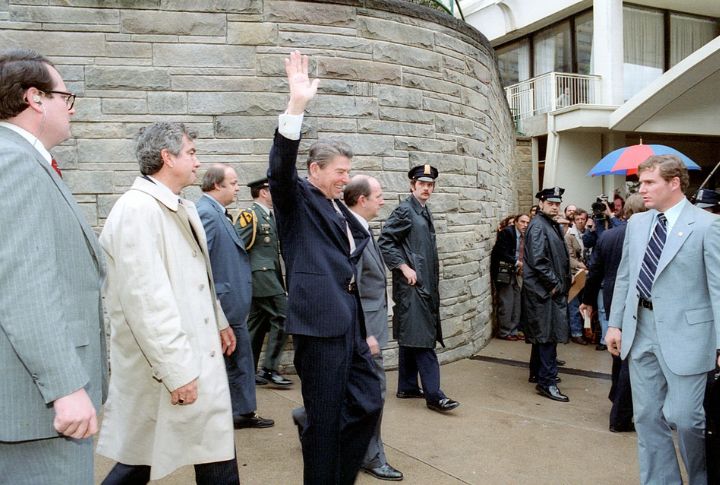
When John Hinckley Jr. shot President Ronald Reagan in 1981, Secret Service agents reacted immediately. One agent pushed Reagan into a limousine and rushed him to medical care. Their fast response ensured he received critical treatment and helped prevent a fatal outcome.

